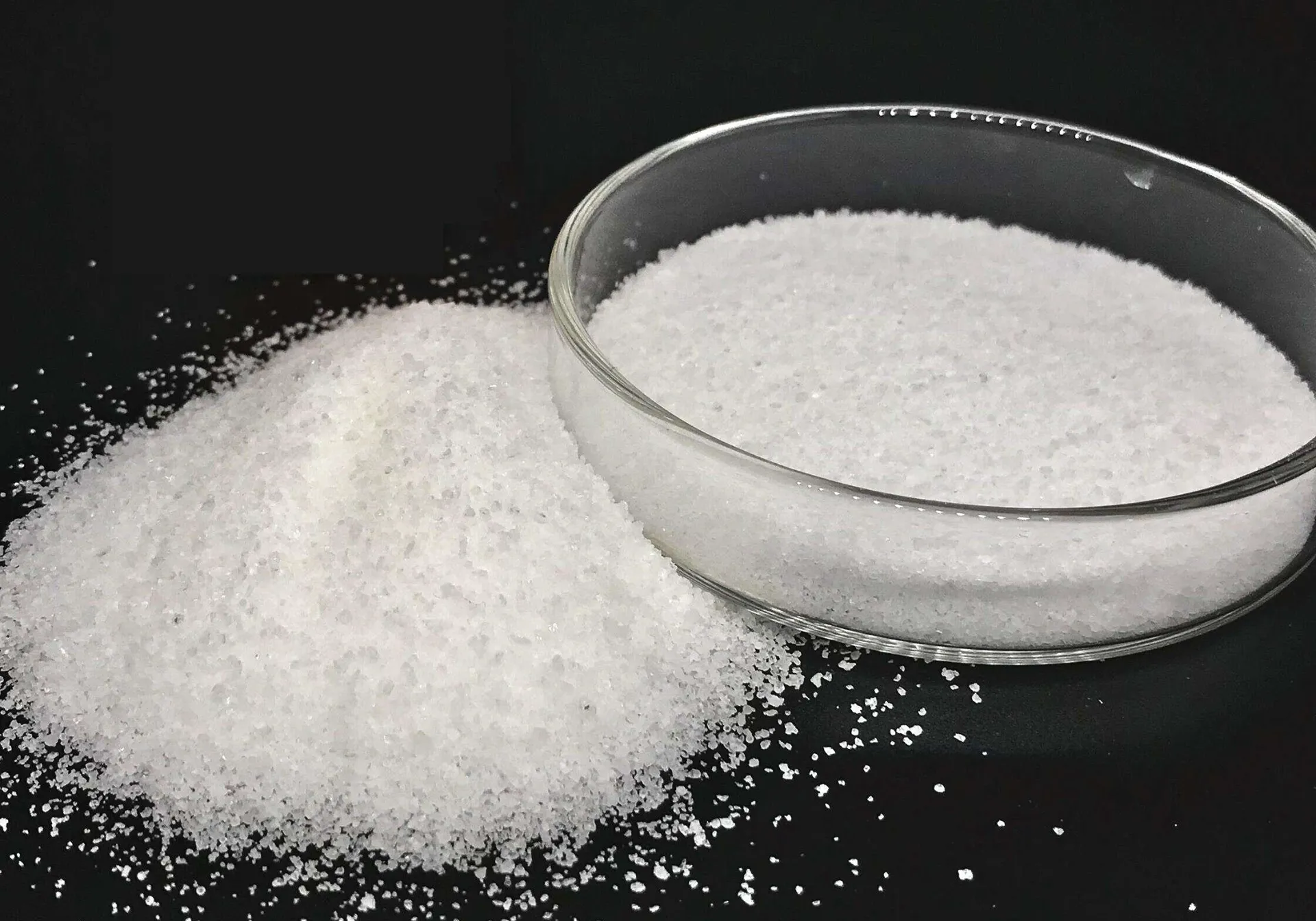



Comparison of Sodium Bisulfate and Sodium Metabisulfite in Various Applications and Uses
Sodium Bisulfate vs. Sodium Metabisulfite Understanding the Differences and Applications
Sodium bisulfate and sodium metabisulfite are two chemical compounds that play vital roles in various industries, including food, water treatment, and pharmaceuticals. Despite their similarities in composition and certain applications, these compounds exhibit distinct characteristics and functions that make them suitable for specific uses. Understanding the differences between sodium bisulfate and sodium metabisulfite can help professionals and consumers make informed decisions about their applications.
Chemical Structure and Properties
Sodium bisulfate (NaHSO₄) is a sodium salt of bisulfate, which means it contains one hydrogen ion in its chemical structure. It is a white, crystalline powder that is soluble in water and presents mild acidity. On the other hand, sodium metabisulfite (Na₂S₂O₅) is a disulfite compound, consisting of two bisulfite ions. It is also a white powder but tends to have a stronger odor due to the release of sulfur dioxide when it comes into contact with moisture. Sodium metabisulfite is also soluble in water, and it acts as a reducing agent due to its ability to donate electrons.
Production and Availability
Sodium bisulfate is typically produced through the neutralization of sulfuric acid with sodium hydroxide or sodium carbonate. It is widely available and often used in industrial settings, particularly in pH adjustment and as a cleaning agent. Sodium metabisulfite, meanwhile, can be created by heating sodium bisulfite at high temperatures to remove water. It is commonly used in food preservation, as a disinfectant, and as an antioxidant in various formulations.
Common Uses
Both sodium bisulfate and sodium metabisulfite have overlapping applications, especially in water treatment and food industries.
sodium bisulfate vs sodium metabisulfite

1. Water Treatment Sodium bisulfate is frequently used for lowering the pH of pool water and other water treatments. It helps to neutralize alkaline substances, providing a balanced environment for aquatic life. Sodium metabisulfite, conversely, serves primarily as a dechlorinating agent, effectively removing chlorine from water after disinfection processes. It is crucial to ensure water safety without the harsh effects of chlorine residues.
2. Food Preservation In the food industry, sodium metabisulfite has been widely recognized as a preservative due to its antioxidant properties. It prevents browning in fruits and vegetables, preserves the color of processed meats, and extends the shelf life of various food products. Sodium bisulfate may sometimes be used as a food additive, but its role is lesser known compared to metabisulfite.
3. Pharmaceuticals and Cosmetics Sodium metabisulfite is also prevalent in the pharmaceutical industry, particularly in the formulation of injectable drugs, due to its reducing and antioxidant properties, which stabilize active ingredients. Sodium bisulfate can similarly be found in some personal care products as a pH adjuster.
Safety and Handling
While both sodium bisulfate and sodium metabisulfite are generally regarded as safe for use, precautions should be taken when handling these chemicals. Sodium bisulfate can irritate the skin and eyes, and inhalation of dust may cause respiratory issues. Sodium metabisulfite can cause allergic reactions in some individuals, particularly people with sulfite sensitivities. Appropriate protective measures, such as gloves and masks, should be implemented to prevent exposure.
Conclusion
In conclusion, while sodium bisulfate and sodium metabisulfite share similar applications and chemical roots, their differences in structure, properties, and specific functions make them unique in their roles. Understanding these differences is essential for appropriate application in various fields, ensuring both efficacy and safety. As the industries that employ these compounds continue to evolve, so will the understanding of their respective roles in modern applications.
-
Why Sodium Persulfate Is Everywhere NowNewsJul.07,2025
-
Why Polyacrylamide Is in High DemandNewsJul.07,2025
-
Understanding Paint Chemicals and Their ApplicationsNewsJul.07,2025
-
Smart Use Of Mining ChemicalsNewsJul.07,2025
-
Practical Uses of Potassium MonopersulfateNewsJul.07,2025
-
Agrochemicals In Real FarmingNewsJul.07,2025
-
Sodium Chlorite Hot UsesNewsJul.01,2025










